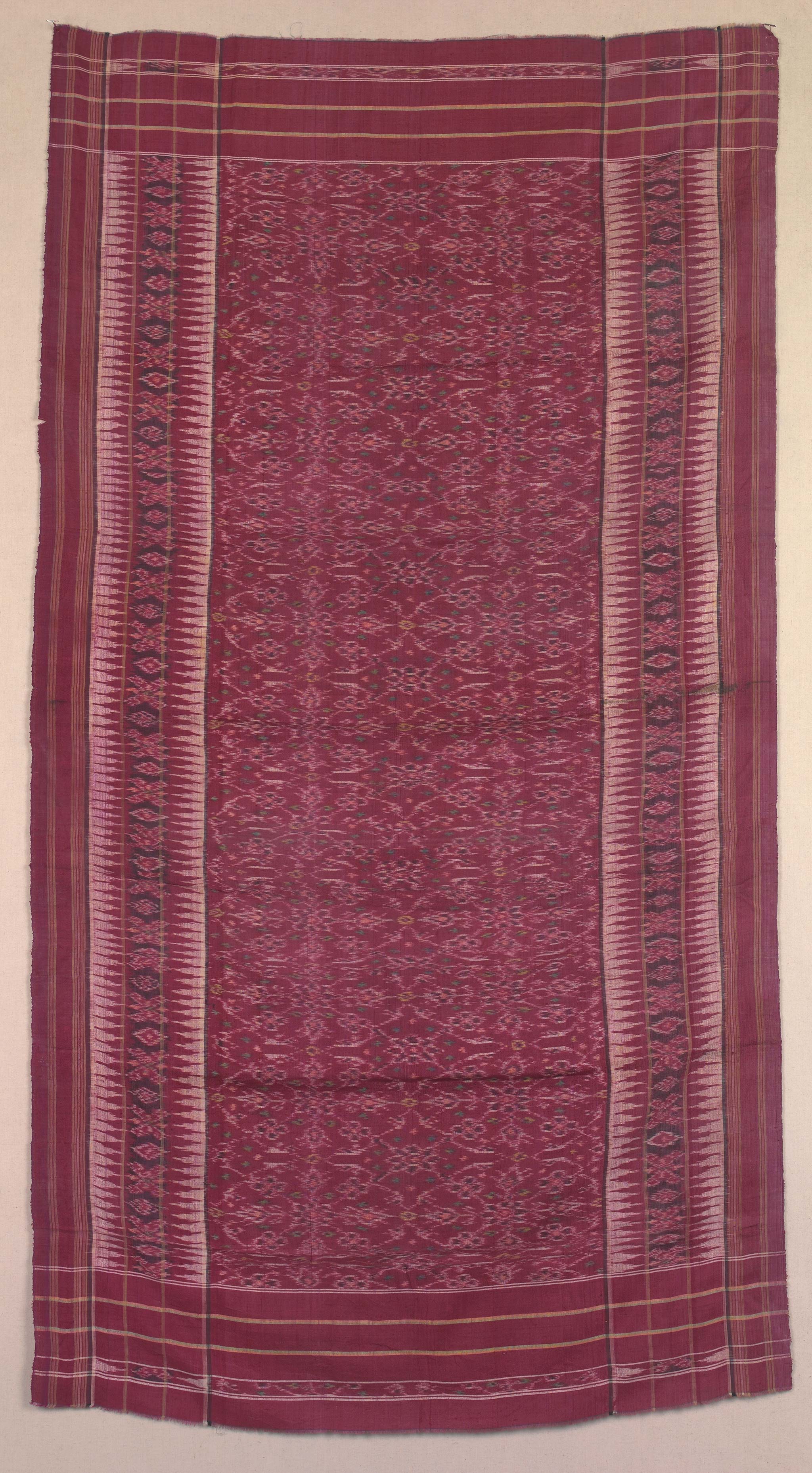Textile

Cepuk or ritual cloth based on Indian prototype textile called patola. Bali, Indonesia, 1938. Handwoven cotton, weft ikat. Courtesy of the Division of Anthropology, American Museum of Natural History, 70.0/8256. Donated by Margaret Mead.
This textile is an example of the kind of cloth (cepuk) that would form one of the many layers of a cremation shroud. Several different textiles are used to build the cremation shroud as an entity that contains the symbolic body and soul, directing the latter to its proper destination in the ancestral realm. Together, the various layers of the shroud wrap and bind the symbolic body in physical and metaphysical power.
Fabric is also used in a number of other ways, including in offerings and as garments for effigies. In those instances where a cremation tower is used, the coffins are placed in the tower and a long white cloth is tied to them. The other end of the cloth is held aloft by people accompanying the tower as a sign of connection and kinship.